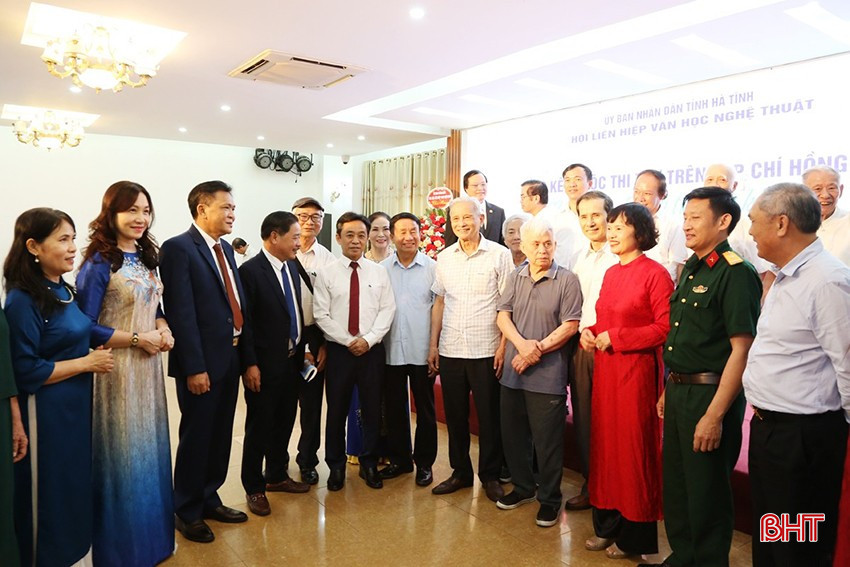
Provincial leaders talked with artists on the sidelines of the meeting to celebrate 50 years of Ha Tinh literature and art after the country's reunification (April 30, 1975 - April 30, 2025).
The victory of April 30, 1975 opened a new era - an era of peace , independence, unity, and the construction of socialism. This great turning point changed all areas of social life and had a profound impact on the feelings, emotions, and artistic thoughts of Ha Tinh's artists, creating new characteristics of literature and art in the period 1975-2025.
In 1986, the renovation policy gave each artist the key to open the door to their soul, thinking, perspective, inspiration for life and action. Along with the impacts from the world and domestic political situation, events taking place in the area such as natural disasters, storms and floods; large-scale production; especially the merger and separation of provinces... have strongly and deeply impacted the experiences, feelings, emotions, and artistic thoughts of the artist team, creating the basic characteristics of Ha Tinh literature and art (VHNT) in the period 1975-2025.
Regarding organization, after the Central established the Viet Bac Literature and Arts Association, Zone IV established the Literary and Arts Association of Inter-Zone IV, and the Ha Tinh Information Service established the Ha Tinh Literature and Arts Association. Writers, poets, and artists in the association organized a campaign committee to establish the Ha Tinh Literature and Arts Creation Association. In January 1969, the Ha Tinh Literature and Arts Creation Association was officially established, under the Ha Tinh Information Service. Since then, not including the time it belonged to Nghe Tinh province (1976-1991), there have been 8 congresses of the Ha Tinh Literature and Arts Association. Up to this point, the Ha Tinh Literature and Arts Association has 260 members in 10 majors: Literature, Poetry, Criticism, Theater and Performance, Music, Photography, Fine Arts, Folk Arts, Architecture, and Dance.
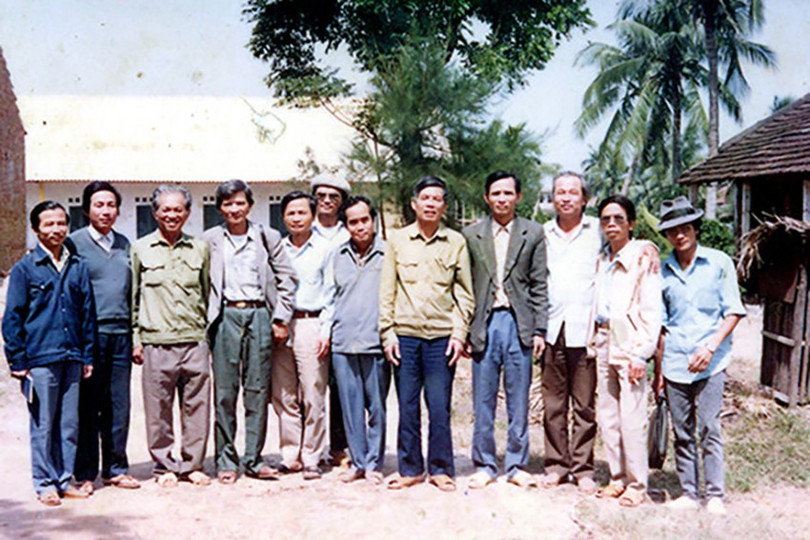
Regarding the team, the Ha Tinh literary and artistic creation team can be divided into three successive generations: The first generation, mainly intellectuals born and raised in the old regime, with profound education, joined revolutionary organizations, and worked for the independence and freedom of the Fatherland. The artists of this generation are shining examples of personality and seriousness in artistic work. The second generation, appeared after the August Revolution in 1945. Artists of this generation, from the status of slaves, transformed into the status of citizens of a free and independent country. Therefore, they have consistent thoughts and feelings, principles, and clear creative orientations, demonstrating the mission of artists before the country and the people.
Artists of Ha Tinh in this generation were immersed in the flow of patriotic and revolutionary literature and art, attached to the rich reality through the two resistance wars against France and the US, worked hard to create, creating a literature and art stream about revolutionary war, in which revolutionary heroism and humanism imbued with Ha Tinh's cultural identity stood out. The third generation appeared after the Great Victory of Spring 1975. This generation is the pillar of Ha Tinh literature and art in the period of 1975-2025. They live and work creatively in a rich and extremely vibrant reality. That is the reality of the post-war period full of people who suffered losses and were full of sorrow; the reality of the subsidy period, the difficult market mechanism, the shortage; the reality of the first difficult steps of building socialism, the reality of the renovation, integration, and construction of the homeland and the country.
The 6th Party Congress (December 1986) opened the door to freedom of artistic and literary creation. Ha Tinh artists and writers received, preserved and promoted the qualities and talents of previous generations, building a vibrant and unique artistic and literary life. The works of artists and writers during this period were diverse in themes, genres, and the range of reflection was expanded and throughout were lyricism, optimism, and passionate love for life and humanity.
It is not difficult to identify and evaluate the interest in the theme of war expressed by artists from a new perspective in works of any type or genre. The reality of war with all its diversity, richness and complexity has been gradually discovered. Likewise, it is easy to read the patriotic inspiration in Ha Tinh literature and art in the last 50 years of the 20th century and the beginning of the 21st century, expressed first of all in the feelings of the writers for their homeland and country. That is a sacred, flesh-and-blood feeling, showing the extremely close attachment between people and their origins. From that deep, sacred feeling, Ha Tinh literature and art delve deeply into the private life of each person, first of all, the private life of the creative subject himself. With everyday life, with the personal fate of each individual in the community is a new feature of Ha Tinh literature and art in the past 50 years.
In any literary and artistic field, successes and limitations are always associated with the types and genres of works. Generally speaking, the types and genres of Ha Tinh literature and art in this period all have certain achievements and limitations. In prose, although novels are considered the backbone, developing this genre is very difficult. The requirement for unique ideas, talent, life experience, techniques, and a hard and tireless labor process of writers in writing novels is also a shortage among local writers. From 1975-2025, apart from novels by writers from Ha Tinh living abroad about the land and people of Ha Tinh during the war and in building life, novels by Ha Tinh writers are almost absent from the literary world.
Unlike novels, short stories have been and are the main genre in Ha Tinh prose. Ha Tinh short stories are quite rich in reflecting reality, giving readers a clear picture of the land and people of Ha Tinh in the fight against invaders, against natural disasters and building and developing the homeland. In terms of artistic style, Ha Tinh short stories have tried to keep up with the pace of innovation of this genre in the country's literature. The innovations have initially achieved clear results. In the overall picture of prose, it is impossible not to mention the collections of stories written for children. Like the general situation of literature nationwide, this part of Ha Tinh literature is still thin in terms of staff and works, not meeting the increasing demands of young readers.
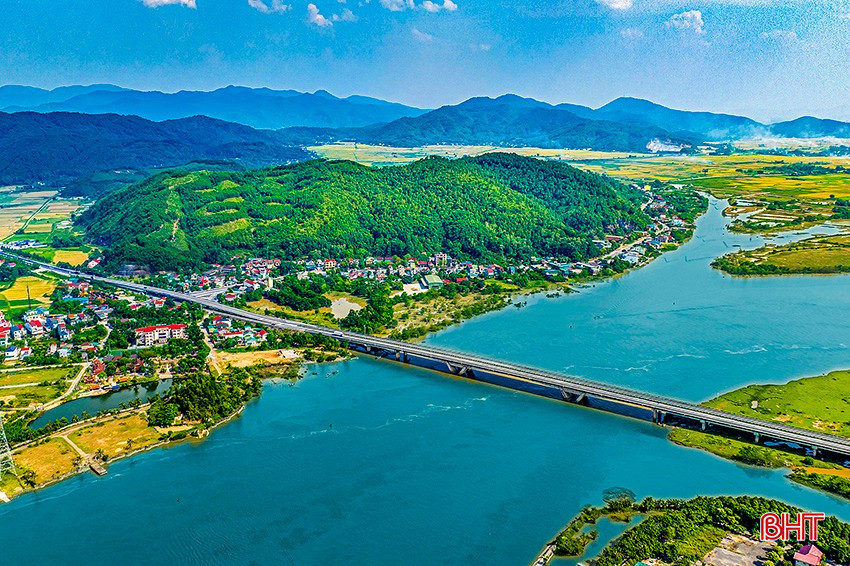
Along with short stories, memoirs also left quite a mark. With the advantage of the genre, Ha Tinh memoirs have closely followed reality, quickly and promptly reflecting all aspects of life. However, Ha Tinh memoirs still contain works that are heavily journalistic, lacking pages rich in literary quality.
Despite some limitations, looking back on the past, Ha Tinh prose has many remarkable achievements. “It seems that the lyrical source, which has always been abundant in Lam Hong land, has not been exhausted at all when moving to the 20th and 21st centuries to create the mark of Nghe An, in which it is not too subtle to recognize the unique mark of Ha Tinh, the strip of land stretching from the southern bank of Lam River to the foot of Deo Ngang Pass. The place that created the start and brought to the peak of lyrical - romantic literature” (Professor Phong Le)
In the period 1975-2025, the poetry writing force in Ha Tinh is large and has many achievements. Among the members of the literary category, the poetry major members account for a high proportion with many successive generations. Ha Tinh poetry over the past 50 years has been in tune with the poetry of the whole country. Rooted in a land rich in cultural traditions, Ha Tinh poetry has both continued the traditional source and innovated in a modern direction.
The good news is that poetry has returned to its most private and intimate voice. The personal consciousness of the creative subject has been promoted, opening up a correct direction for poetry to develop, in accordance with the characteristics of the genre. If in the past, political lyricism and civic lyricism held a unique position, now, private lyricism has a legitimate place in poetry. The opinion affirming: "Never before have we witnessed the Vietnamese soul expanding all dimensions like now" (Introduction to the collection of 100 good poems, Tre Publishing House, 1993) is also completely true to the situation of Ha Tinh poetry in the past 50 years. As Huy Can once commented: "Ha Tinh poetry is imbued with love for the homeland, deeply attached to life and always concerned with the fate of people in the homeland and in the heart of the times. Surely Ha Tinh poetry has absorbed the profound humanistic spirit of the race".
In terms of research, theory and criticism, Ha Tinh has been quite successful in the field of cultural research, folk literature and Han Nom heritage. Given the richness, diversity and rich identity of cultural heritage, Ha Tinh's cultural team has completed many valuable research projects on culture and folk literature, contributing significantly to the preservation and promotion of the cultural values of the homeland. However, Ha Tinh does not have many people who are committed to the profession of research and criticism. They mainly work as amateurs, without long-term plans, and do not keep up with the current state of writing in their locality as well as the domestic and international literary situation. Therefore, they have not left behind many valuable works, especially in the field of literature.
This type of music has created its own identity thanks to its development on the basis of folk music. From lyrics, melodies, and rhythms, Ha Tinh music has reflected the outstanding features of harsh nature, poverty, resilience, and deep, passionate feelings of the Ha Tinh people in healing the wounds of war, fighting natural disasters, fighting poverty, creating and building a new life. Here, it is necessary to mention the role of folk artists, folk song clubs, and the masses who have created a diverse and rich musical life in the community with strong influence. It can be said that Ha Tinh contemporary music in recent times has expanded the spiritual dimension of Ha Tinh people before the opportunity of a new era, an era of creativity, integration, development, and prosperity.
The stage and performance genres have also affirmed the identity of the homeland on the basis of exploiting the local folk products of Vi Giam. In the early years after the war against the US, the drama genre flourished with scripts reflecting the negative aspects of post-war society, the dark corners of humanity... However, due to many conditions regarding the cast and facilities, most of them only stopped at the script level, without the conditions to stage and perform for the public.
Over time and with the needs of life and creative inspiration of artists, since the 1980s, Nghe Tinh Vi-Giam folk songs have been absorbed and developed, becoming a valuable performing art form, imbued with the identity of the homeland: Folk song suites, folk song excerpts, folk song scenes, short operas, folk song dramas with folk song melodies, Vi-Giam, poetry recitation, rhyme, singing of the drum, singing of the platter, chanting of the sidewalk... have created a unique spiritual and cultural life, widespread in all regions.
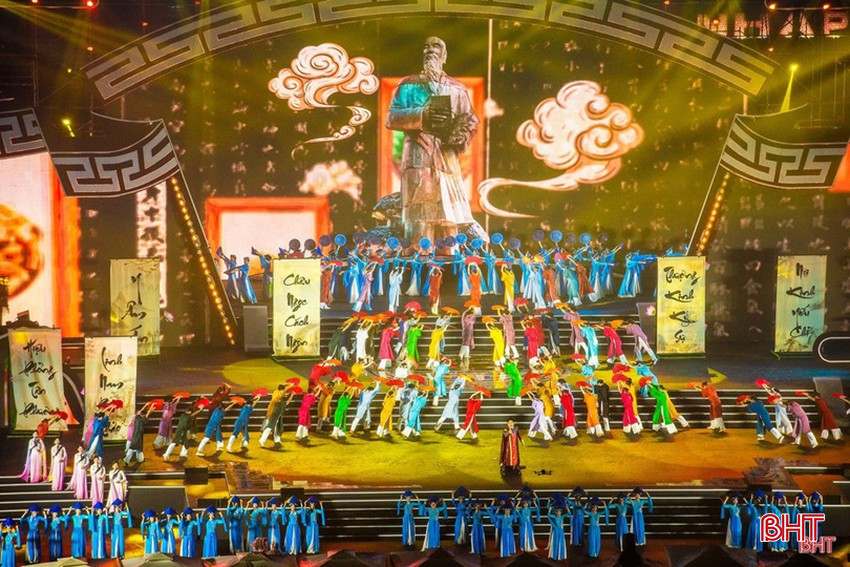
With the strength of the genre and the tradition of photography during the anti-American period, Ha Tinh art and news photography, after 1975, created a rich, authentic, and vivid picture of the people and the country. With the superiority of the genre, Ha Tinh photography has deeply portrayed the portrait of the people and life of Ha Tinh homeland through historical periods: the period of healing the wounds of war, the initial steps of building socialism; the period of renovation; the period of belonging to Nghe Tinh province; the period of returning to the administrative unit of Ha Tinh province with difficulties and determination, the desire to innovate and build the homeland and the period of integration and sustainable development. Along with other art forms, Ha Tinh art and news photography have made an important contribution to portraying, preserving and promoting the cultural identity of life and people of Ha Tinh.
The slowest developing art in Ha Tinh's art life is fine arts. Before 1975, due to the requirements of the anti-American resistance war, the works were heavily propaganda, the border between propaganda paintings and art paintings of Ha Tinh's art was blurred. After 1975, especially since the establishment of the Ha Tinh Literature and Arts Association, new art authors were gathered and from there, generations of artists appeared one after another. In addition to works on the theme of war with new perspectives of artists emerging from wars, artists appearing after 1975 were trained basically, had a new perspective on life's reality, Ha Tinh's art has developed in terms of staff and quality of works. However, compared to the general level, Ha Tinh's art is poor in materials, not diverse in writing styles and themes, and lacks works that make a strong impression on the public.
50 years after the country's reunification (1975-2025), generations of Ha Tinh artists have built a solid foundation of literature and art. Hundreds of works in various fields have vividly reflected the lives and souls of Ha Tinh people through historical periods. The team and works of Ha Tinh literature and art are an extension, becoming more solid and numerous over time, integrating with the country's literature and art, firmly entering a new period - a period known as "The New Era, the Era of the Nation's Rise".
Source: https://baohatinh.vn/nhung-net-chinh-cua-van-hoc-nghe-thuat-ha-tinh-giai-doan-1975-2025-post286637.html


![[Photo] The Government Standing Committee works with ministries and branches on the real estate market situation.](https://vphoto.vietnam.vn/thumb/1200x675/vietnam/resource/IMAGE/2025/5/24/e9b5bc2313d14c9499b8c9b83226adba)




![[Photo] Ho Chi Minh City holds funeral for former President Tran Duc Luong](https://vphoto.vietnam.vn/thumb/1200x675/vietnam/resource/IMAGE/2025/5/24/9c1858ebd3d04170b6cef2e6bcb2019e)
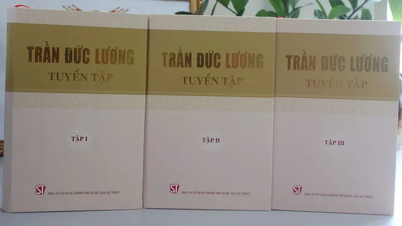

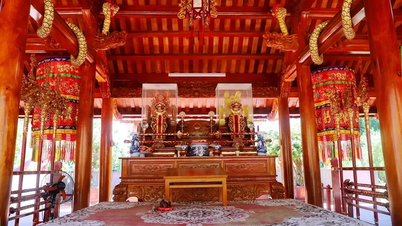
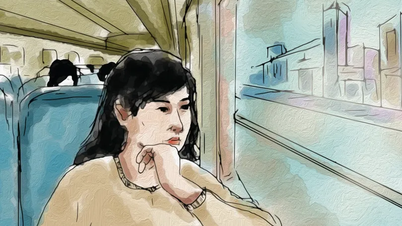
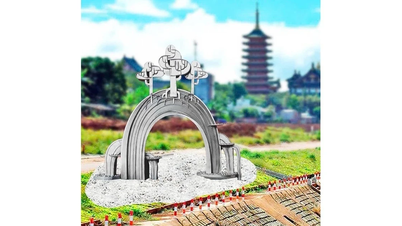

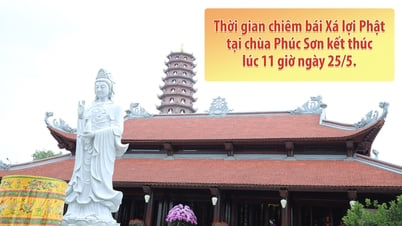

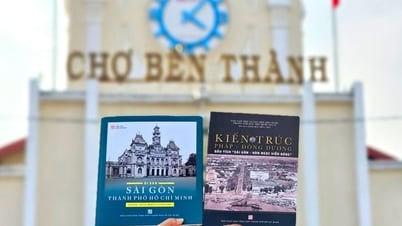






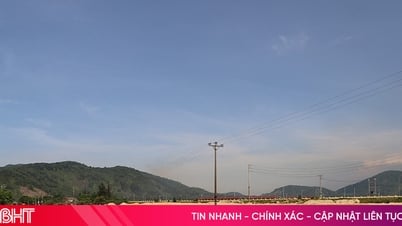

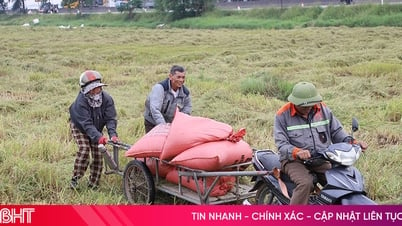
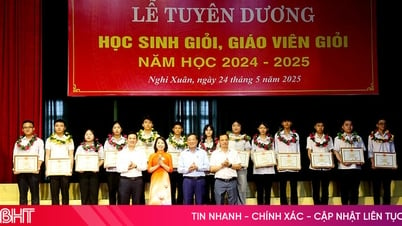



![[Photo] Party and State leaders visit former President Tran Duc Luong](https://vphoto.vietnam.vn/thumb/1200x675/vietnam/resource/IMAGE/2025/5/24/960db9b19102400e8df68d5a6caadcf6)

































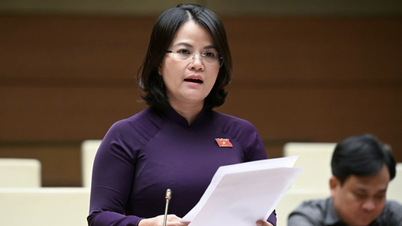
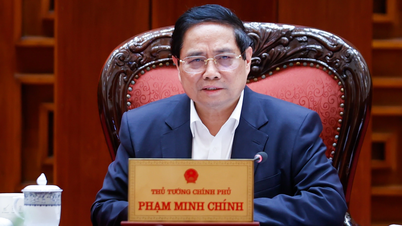










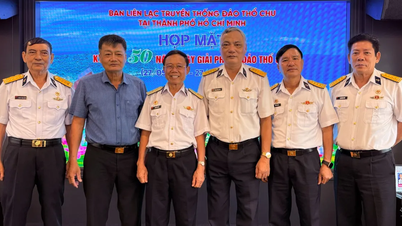


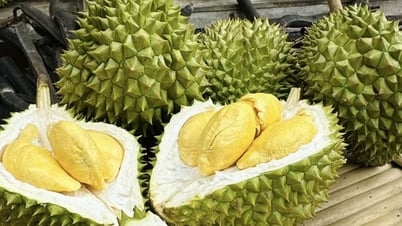


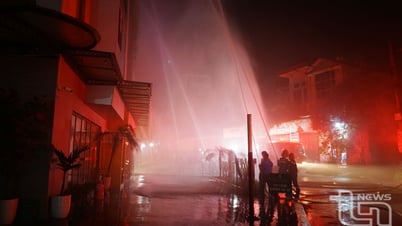











Comment (0)